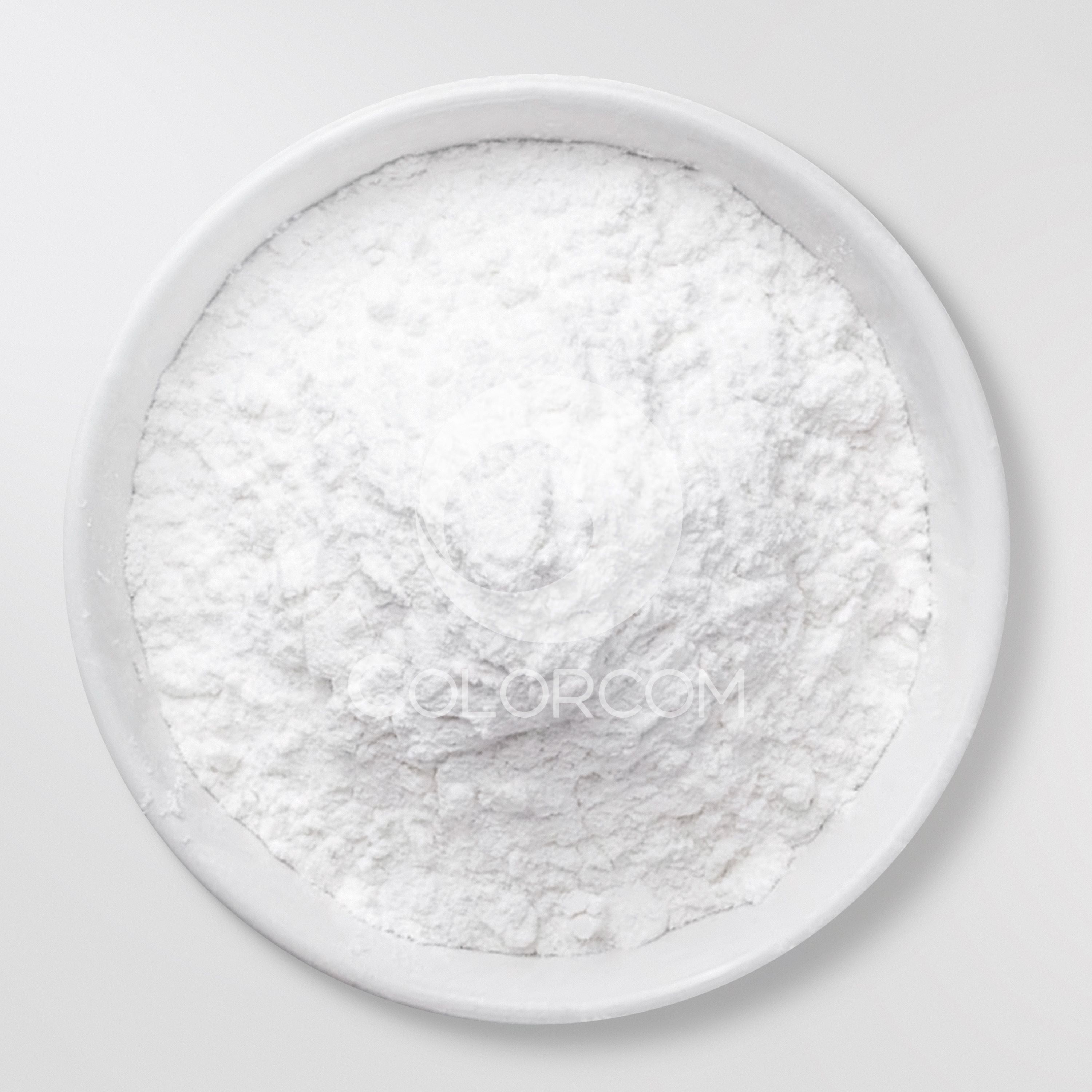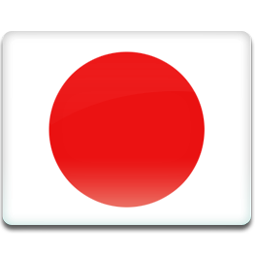Styrene Acrylic Emulsion | 25085-34-1
Typical Property:
|
Appearance |
Creamy White Emulsion |
|
Solid Content (%) |
50.0±1.0 |
|
Brookfield Viscosity(mPa.s #4/60rpm/25℃) |
2500±1000 |
|
PH Value (25℃) |
8.0-9.0 |
|
Glass Transition Temperature (℃) |
Approximately 23 |
|
MFFT (℃) |
Approximately 21 |
|
Average Particle Size (μm) |
0.10-0.25 |
|
Ionicity |
Anionic |
|
Calcium Ion Stability |
Excellent |
|
Package |
200kg/drum or 1000kg/IBC. |
Styrene-acrylic emulsion polymers are based on a group of chemicals that are true workhorses in the field of polymer chemistry. Known as acrylates, this group includes acrylic acid and its esters - methyl acrylate, butyl acrylate, ethyl acrylate, and 2-ethylhexyl acrylate. All of these acrylic monomers are highly reactive chemicals, which means they readily combine with themselves or other monomers to form commercially important polymers. One of the most important polymer reactions, occurring via emulsion polymerization, involves acrylic-based monomers combining with styrene to form a styrene-acrylic emulsion polymer. The versatility of this class of polymers owes much to the wide-ranging family of acrylic monomers, which, when combined with styrene, can build random copolymers with specific glass transition temperatures (Tg). Styrene-acrylic polymer emulsions are ubiquitous in every market where water-based systems are used because of the array of specific properties that can be achieved.
Advantages:
Good weatherability and good stain resistance.
Broad tensile/elongation balance.
Ability to crosslink.
High pigment-binding capacity.
Ideal gloss, film strength, and resistance to removal by detergents.
Good adhesion to common substrates, including galvanized steel, aluminum and wood.
Applications:
Styrene Acrylic Emulsion has gloss retention, color retention, outdoor durability, stain resistance, and high bonding strength to fillers; high gloss emulsion coatings can be formulated; its cost is lower than that of pure acrylic emulsion coatings. This kind of coating can be used for the coating of cement mortar, mortar mortar, wood and concrete substrates. It can also be used for the preparation of mortar spray paint and cement-based coatings, which are widely used as exterior wall coatings. This type of coating has various uses and occupies a large proportion of the total output of emulsion coatings. It is a type of emulsion coating with a promising future.
Styrene Acrylic emulsion is widely used in construction products, such as ceramic tile adhesives, fillers, putties and elastomeric roof coatings. They are also used in glass-fiber secondary binder applications, such as wall coverings, and architectural decorative coatings for interiors and exteriors walls.











